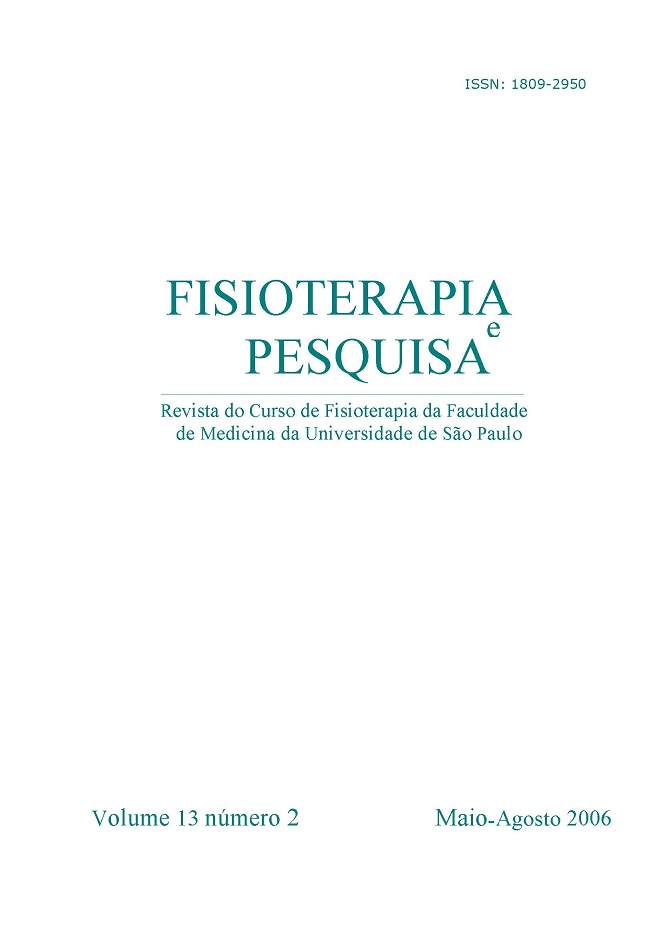Properties of castor-oil derived polyurethane associated to polyester threads in view of its use as hand flexor tendon implants
DOI:
https://doi.org/10.1590/fpusp.v13i2.76201Keywords:
prosthesis implantation/ castor oil, tendon injuries, hand/ rehabilitation.Abstract
In view of its use in implants of hand flexor tendons, this study evaluated the mechanical properties of elastomeric polyurethane derived from castor oil associated to polyester threads. Dumb-bell shaped specimens were cut out from poliurethane plaques obtained by polymerization of Q160 poliol and FN329 prepolymer, either plain or combined to polyester threads inside. disposed either parallel to each other or interwoven, ranging from one to seven, and added in increments of two to two. The specimens were submitted to traction in a universal testing machine and tested for the following parameters: rupture strength, ultimate tensile strength, deformation (elongation), resilience and modulus of elasticity. Three specimens per group were tested and, from the values obtained for each parameter, an average was calculated for statistical analysis. Results showed that the association with polyester threads decreased the polyurethane deformation ability, while increased its rupture strength, ultimate tensile strength, resilience and modulus of elasticity. Such increase was directly proportional to the increment in the number and interweaving of threads, being statistically significant for five and seven threads. In conclusion, when combined to polyester threads, the castor oil-derived elastomeric polyurethane proved an adequate material for manufacturing of hand flexor tendon implants.Downloads
Download data is not yet available.
Downloads
Published
2006-08-31
Issue
Section
Original Research
How to Cite
Properties of castor-oil derived polyurethane associated to polyester threads in view of its use as hand flexor tendon implants. (2006). Fisioterapia E Pesquisa, 13(2), 13-22. https://doi.org/10.1590/fpusp.v13i2.76201



